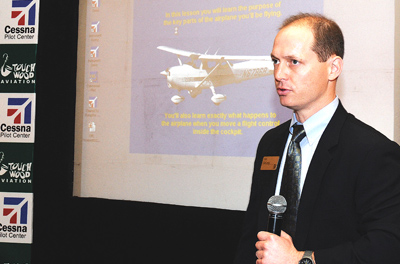INDIAN ARMED FORCES CHIEFS ON OUR RELENTLESS AND FOCUSED PUBLISHING EFFORTS

SP Guide Publications puts forth a well compiled articulation of issues, pursuits and accomplishments of the Indian Army, over the years

"Over the past 60 years, the growth of SP Guide Publications has mirrored the rising stature of Indian Navy. Its well-researched and informative magazines on Defence and Aerospace sector have served to shape an educated opinion of our military personnel, policy makers and the public alike. I wish SP's Publication team continued success, fair winds and following seas in all future endeavour!"

Since, its inception in 1964, SP Guide Publications has consistently demonstrated commitment to high-quality journalism in the aerospace and defence sectors, earning a well-deserved reputation as Asia's largest media house in this domain. I wish SP Guide Publications continued success in its pursuit of excellence.
Pilot Training - Wanted: Capable Hands

An imperative on fl ying academies is to introduce a rigorous selection process, perhaps on the lines of air forces worldwide, and also improve the training methodology.
Civil Aviation in India has witnessed a growth trajectory unheard of in any other country barring China. Many factors have contributed to this buoyancy, foremost among them being deregulation of civil aviation in the early 1990s. Amid reports of proposals to permit enhanced FDI limits in this sector, the spotlight has swerved to focus unwaveringly on infrastructure.
Efforts are being made by both the Central and state governments to increase the number of operational airports to serve second-tier cities but with the rapid increase in number of aircraft and airports, the shortage of flight crew, maintenance crew and airfield operating staff will become more critical. The growth trajectory of the Gross Domestic Product of India has also given a fillip to the number of business jets and air travellers, thus making the inadequacies more acute. Failing to cope with the increased requirement of pilots, the yesteryear flying clubs in many states had to also grapple with largescale exodus of instructional staff to the airlines. The gap is sought to be filled by enhancing the capacity at Indira Gandhi Rashtriya Uran Akademi at Fursatganj and setting up an academy at Gondia, midway between Nagpur and Raipur. Private flying academies and airlines should, however, come forward to undertake quality training of pilots.
Lure of good money and the glamour attached with airlines has attracted the youth. Irrespective of whether they have the aptitude and passion for flying or not, youngsters are prepared to shell out money for training. The flying institutes are, of course, ready to train whosoever is ready to pay. Although there is a shortage of pilots for civil airlines in India, there are also reports that a number of Commercial Pilots License (CPL) holders are waiting to be selected by the airlines. This is a serious matter and points to either lack of proper selection process by the flying academies or quality training. In case the situation does not improve, the airlines will continue to depend on foreign crew and expansion plans will suffer.





